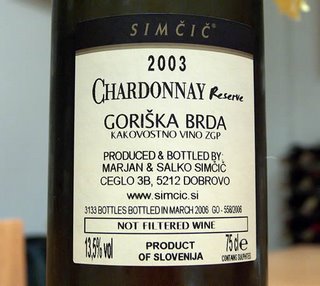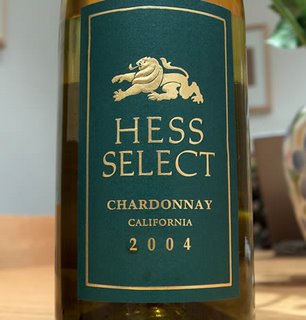The clustering of point scores
Had a reader write in recently, making a very good point:
I'm wondering about points and the '100 point' scale and inflation and the tight range that wines score. What percentage of the wines you review score between 86 and 93 points? Not specifically referring to your use of this scale, but it seems to me that either there is inflation, or wines have got better in recent years (quite possible, I agree). In the old days, I thought that 80 was considered a good score. Sort of a Jacob's Creek Chardonnay and 90 or above was pretty damn awesome. These days it seems that for some people, anything below 85 is a bit of a failure. Though I'm sure you'll agree with me that scores are not the be all and end all, just a useful guide. By my worry is also not just about inflation, but clustering. To you, I'm sure there's a big difference between 93 and 89 points, yet in other walks of life, say your kid's result in a maths exam, that wouldn't be a big deal. [Andrew Halliwell]
The point is well taken. My scores cluster horridly - effectlively I'm using a 15 point scale, not 100 points. But then do Robert Parker's, and the reason I use this scale is because he has established it as the 'standard' scale for rating fine wines. What are your views?
Labels: points



 The web log of wine journalist Jamie Goode. Feel free to nose around; your comments are welcome
The web log of wine journalist Jamie Goode. Feel free to nose around; your comments are welcome 
